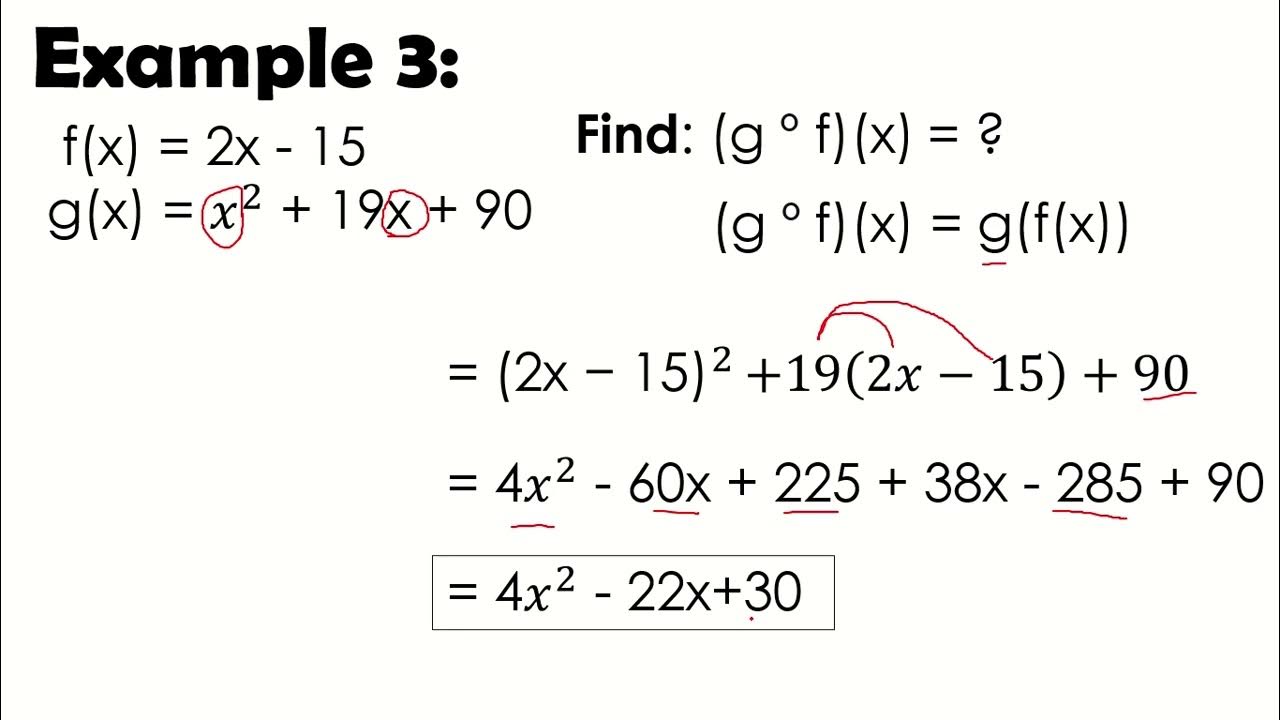How your brain decides what is beautiful | Anjan Chatterjee
Summary
TLDRIn 1878, Sir Francis Galton introduced a technique to create composite portraits to identify criminality, unexpectedly finding beauty instead. This discovery sparked questions about the nature of beauty and its evolutionary and neurological roots. The script explores how factors like averaging, symmetry, and hormonal effects contribute to attractiveness, and how these traits signal health and fertility. It also delves into the automatic neural responses to beauty and the societal biases it can engender. The talk concludes by reflecting on how modern advancements are altering the traditional criteria for beauty.
Takeaways
- 🧠 Sir Francis Galton introduced a technique to create composite portraits from photographs to characterize different types of people, but found beauty in the composite of violent criminals.
- 💡 Galton's findings raise philosophical and scientific questions about what defines beauty and how evolutionary psychology and neuroscience are now contributing to the understanding of this concept.
- 🖼️ Research shows that average, symmetrical faces are generally considered more attractive due to their representation of genetic diversity and health indicators.
- 🔬 Symmetry in faces is often an indicator of health, as developmental abnormalities and parasitic infections can cause asymmetries.
- 💄 Maksymilian Faktorowicz, later known as Max Factor, recognized the role of symmetry in beauty and created tools to enhance facial symmetry with makeup.
- 👩🔬 Hormones like estrogen and testosterone shape features associated with beauty. Estrogen is linked with fertility signals in women, while testosterone shapes traditionally masculine features in men.
- 🦚 The handicap principle explains how features like a peacock’s tail or testosterone-infused traits in men serve as a costly display of fitness, despite seeming like evolutionary disadvantages.
- 👁️ Attractive faces activate both the visual cortex, specifically the fusiform gyrus, and reward centers in the brain, showing a connection between beauty and pleasure responses.
- 🤔 The brain automatically associates beauty with positive traits, like intelligence and goodness, which contributes to societal biases that favor attractive people.
- 🌍 Beauty standards, shaped over millions of years, are changing due to modern medicine and technology, relaxing the evolutionary filters and allowing more variation in what is considered attractive.
Q & A
Who was Sir Francis Galton and what was he known for?
-Sir Francis Galton was a polymath known for his pioneering work in human intelligence. He was an explorer, anthropologist, sociologist, psychologist, statistician, and also a eugenist. In the talk mentioned, he presents his technique of creating composite portraits by combining photographs.
What surprising result did Galton discover when combining photographs of criminals?
-Galton expected to discover a typical 'criminal face' by combining photographs of criminals. However, to his surprise, the composite portrait he produced was beautiful.
What does the concept of 'averaging' in facial attractiveness mean?
-Averaging refers to the idea that composite or average faces, which represent the central tendencies of a group, are often found more attractive than individual faces. This is thought to be linked to greater genetic diversity and adaptability.
Why is symmetry considered important in facial attractiveness?
-Symmetry is important because people generally find symmetric faces more attractive. Asymmetry can be associated with developmental abnormalities or health issues such as parasitic infections. Symmetry often indicates health and genetic fitness.
What roles do hormones like estrogen and testosterone play in shaping facial attractiveness?
-Estrogen in women produces features like large eyes, full lips, and narrow chins, which signal youth and fertility, while testosterone in men creates features like heavier brows and square jaws, considered typically masculine. However, testosterone can suppress the immune system, and its presence suggests a 'handicap' that only fit men can afford.
What is the 'handicap principle' and how does it relate to attractiveness?
-The handicap principle suggests that extravagant traits, such as the peacock's tail or masculine features in men (influenced by testosterone), signal fitness. Only especially healthy individuals can afford the 'cost' of maintaining these traits, which makes them attractive.
How does beauty affect the brain according to the script?
-When we see attractive faces, parts of our brain, including the visual cortex, fusiform gyrus, and reward centers like the ventral striatum, are activated. These areas process visual beauty and link it to pleasure, suggesting an automatic, unconscious response to beauty.
What does the 'beauty is good' stereotype refer to?
-The 'beauty is good' stereotype refers to the reflexive association between beauty and positive qualities like intelligence, kindness, and trustworthiness. This association occurs even when people are not consciously thinking about beauty or goodness.
How does facial disfigurement affect social perceptions, according to the script?
-People with facial anomalies or disfigurements are often judged as less good, less intelligent, and less competent due to implicit biases. This 'disfigured is bad' stereotype is reinforced by media depictions of villains often having facial disfigurements.
How is modern technology changing the concept of beauty?
-Modern medicine and technology are relaxing the biological filters that once determined reproductive success. With advances like antibiotics, surgery, and in vitro fertilization, the traits that signify beauty may be changing, allowing for more variability in what is considered attractive.
Outlines

Dieser Bereich ist nur für Premium-Benutzer verfügbar. Bitte führen Sie ein Upgrade durch, um auf diesen Abschnitt zuzugreifen.
Upgrade durchführenMindmap

Dieser Bereich ist nur für Premium-Benutzer verfügbar. Bitte führen Sie ein Upgrade durch, um auf diesen Abschnitt zuzugreifen.
Upgrade durchführenKeywords

Dieser Bereich ist nur für Premium-Benutzer verfügbar. Bitte führen Sie ein Upgrade durch, um auf diesen Abschnitt zuzugreifen.
Upgrade durchführenHighlights

Dieser Bereich ist nur für Premium-Benutzer verfügbar. Bitte führen Sie ein Upgrade durch, um auf diesen Abschnitt zuzugreifen.
Upgrade durchführenTranscripts

Dieser Bereich ist nur für Premium-Benutzer verfügbar. Bitte führen Sie ein Upgrade durch, um auf diesen Abschnitt zuzugreifen.
Upgrade durchführen5.0 / 5 (0 votes)






